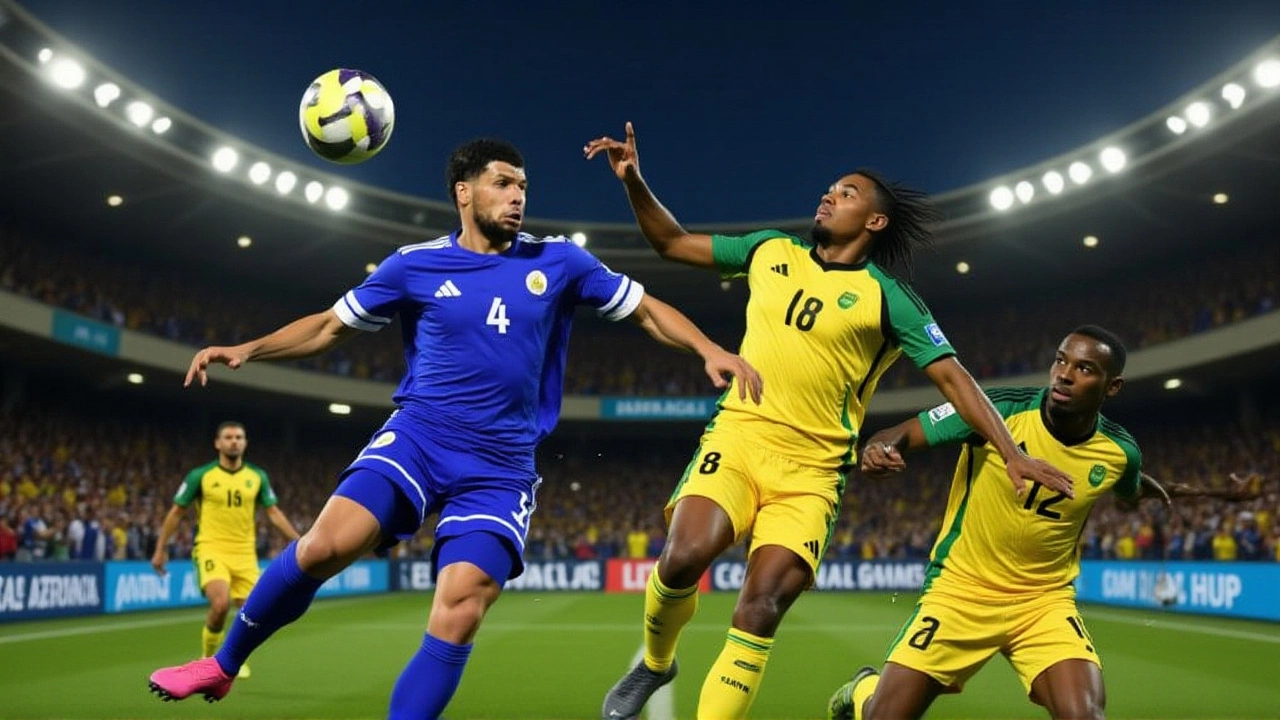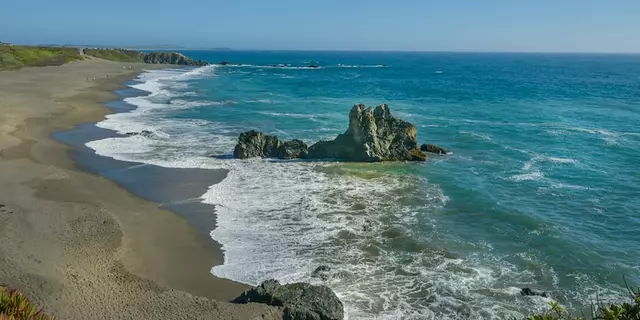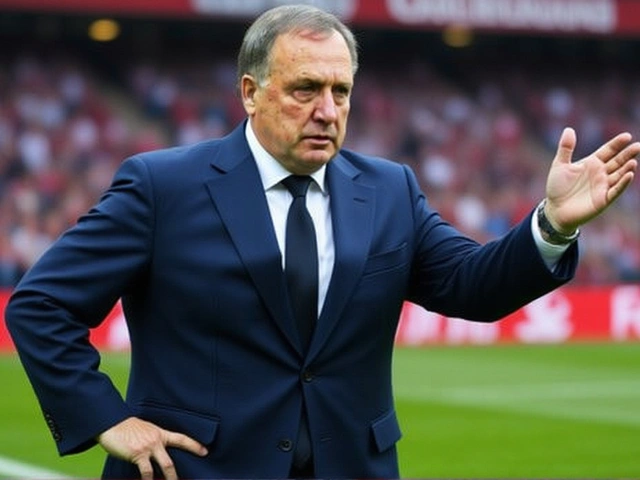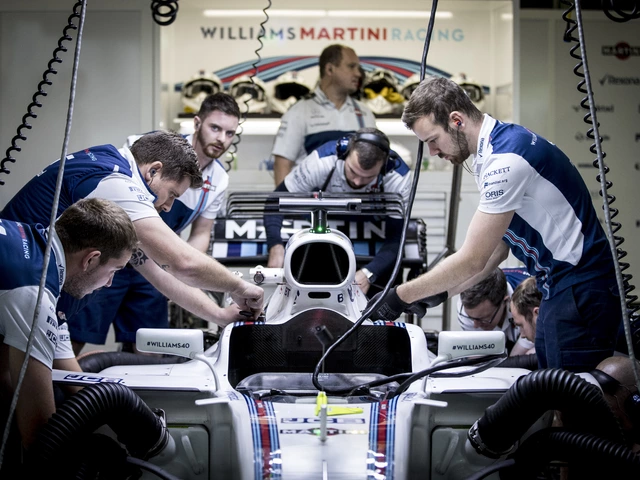At 00:01:07 UTC on November 19, 2025, the world watched as a tiny Caribbean island made history. Curaçao, with just 165,179 people, became the smallest nation ever to qualify for the FIFA World Cup — not by luck, not by controversy, but by beating Jamaica in a nail-biting final qualifier. The moment, captured in an Agence France-Presse (AFP) video from Paris, sent shockwaves through global football. This isn’t just an underdog story. It’s a seismic shift in how we think about who belongs on the world’s biggest sporting stage.
A Nation That Wasn’t Supposed to Be Here
Curaçao isn’t a country in the traditional sense. It’s a constituent nation within the Kingdom of the Netherlands, a speck of land just 444 square kilometers in the southern Caribbean. Before 2010, it didn’t even have its own FIFA team — it was part of the Netherlands Antilles, which dissolved that year. Since then, Curaçao’s football program has been built from scratch: modest funding, volunteer coaches, kids playing on cracked pitches under blazing sun. No academy system. No professional league. Just heart. And yet, here they are.The Match That Changed Everything
The decisive game wasn’t played in front of 80,000 fans in a stadium. It was in a modest 8,000-seat arena in Willemstad, the island’s capital. Curaçao won 2-1 after a last-minute goal from midfielder Shanique van der Veen — a 24-year-old who works part-time as a schoolteacher. The winning goal came in the 89th minute, after Jamaica had equalized following a controversial penalty call. The final whistle triggered spontaneous street parties. People danced on cars. Grandparents hugged strangers. One player, captured on AFP footage, said: “I didn’t expect this because I thought Jamaica was a strong team, but we did it. Finally, we did it.” The win pushed Curaçao to the top of their CONCACAF qualifying group, leapfrogging teams like Panama and Honduras — nations with populations over 10 million. Their path wasn’t easy. They lost to the United States 4-0 in a group stage match. They drew with El Salvador. But they beat Jamaica twice, including the final nail in the coffin: a 1-0 away win in Kingston, where the home crowd expected victory.Smaller Than Iceland. Smaller Than Trinidad.
Before Curaçao, the record for smallest World Cup qualifier belonged to Iceland in 2018, with a population of 376,248. Trinidad and Tobago, who qualified in 2006, had more than 1.4 million people. Curaçao’s population is less than half of Iceland’s. To put it in perspective: the city of San Diego alone has more people than the entire island nation. Yet, Curaçao now joins the World Cup alongside giants like Brazil, Germany, and Argentina. This isn’t just a feel-good story. It’s a challenge to the entire structure of international football. For decades, qualification has favored nations with deep talent pools, professional leagues, and state-funded academies. Curaçao defied that. Their success came from community cohesion, relentless local coaching, and a national identity forged through football.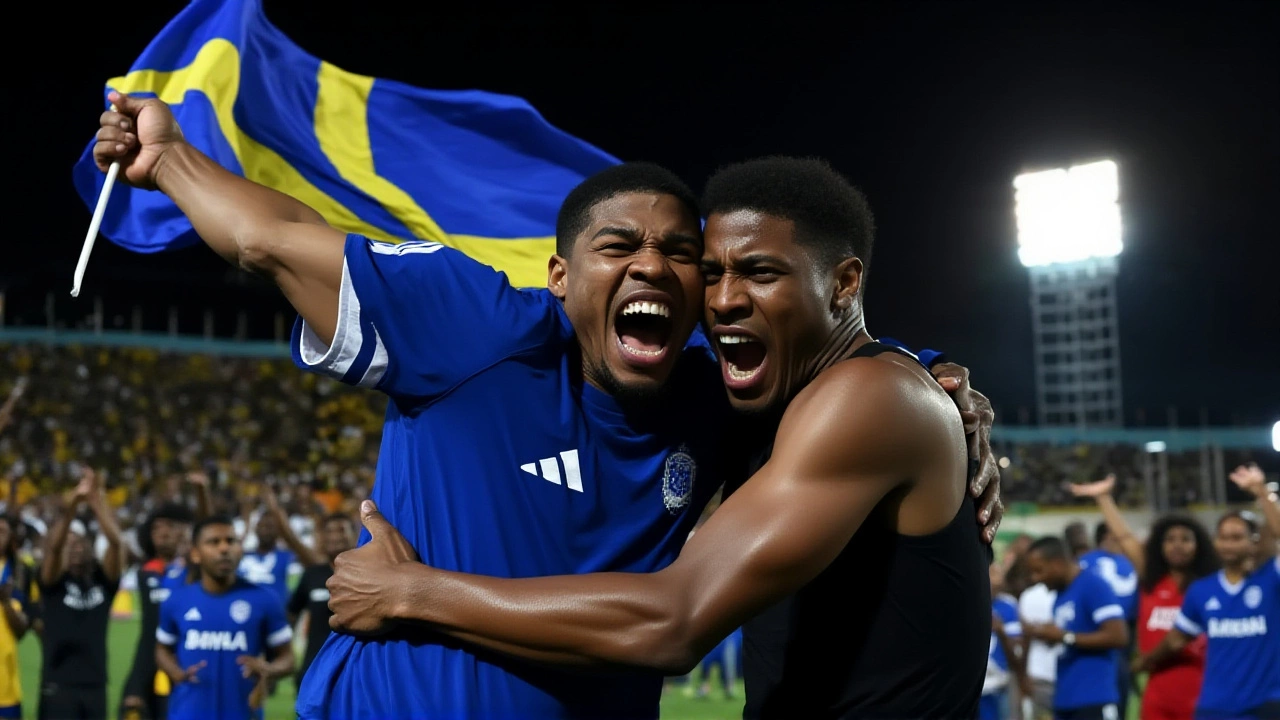
Who Else Is Making Their Debut?
The 2026 World Cup — the first ever hosted jointly by Mexico, United States, and Canada — will feature 48 teams. Alongside Curaçao, debutants include Cape Verde (population: 596,707), Jordan, and Uzbekistan. But none come close to Curaçao’s scale. Cape Verde, while tiny, has a population nearly four times larger. Jordan’s population is over 68 times bigger. Curaçao’s qualification also highlights a quiet revolution in CONCACAF. For years, the region was dominated by the U.S., Mexico, and Costa Rica. Now, smaller nations are breaking through. ESPN, which tracks all qualifying matches under team ID 11678, confirms Curaçao’s historic rise — though their site doesn’t emphasize the population milestone. That’s left to outlets like AFP and independent analysts.What Happens Now?
Curaçao’s players aren’t professionals. Most play in the Dutch lower leagues, or in local Curaçaoan clubs like SV Vitesse or Real Curaçao. They’ve never trained on artificial turf. They’ve never flown first class. Now, they’ll face the world’s best in June 2026. The Dutch Football Association (KNVB) has pledged support — not financial, but technical. They’ll send scouts, offer training camps in the Netherlands, and help with logistics. But Curaçao won’t be borrowing Dutch players. This team is theirs. And they’re determined to prove that size doesn’t define greatness.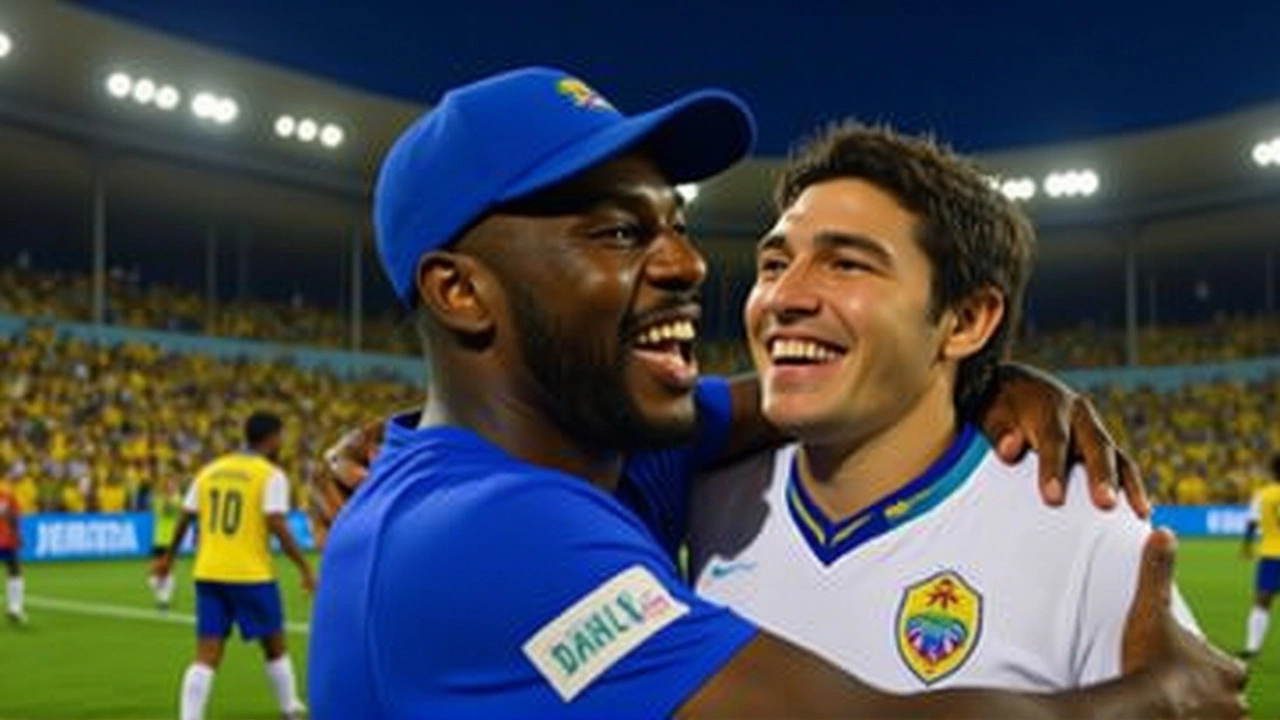
Why This Matters Beyond Football
This isn’t just about goals and trophies. It’s about representation. For a nation often overlooked — even by its own kingdom — this qualification is a declaration: we exist. We matter. We belong. In Willemstad, a mural now stretches across the waterfront: a child holding a football, with the words: “We are small, but we are big at heart.” That line, repeated by players after the Jamaica match, has become a national motto. It’s not just poetry. It’s a challenge to the world.Frequently Asked Questions
How did Curaçao qualify for the World Cup despite having such a small population?
Curaçao qualified by finishing first in their CONCACAF qualifying group, beating stronger teams like Jamaica and Panama through disciplined defense and clutch performances. Their success came from tight-knit community support, local coaching talent, and a national focus on youth development since gaining FIFA recognition in 2010 — not from funding or infrastructure.
Is Curaçao officially a country, or part of the Netherlands?
Curaçao is a constituent country within the Kingdom of the Netherlands, meaning it has its own government, flag, and national team — but shares defense and foreign policy with the Netherlands. It gained autonomy in 2010 after the dissolution of the Netherlands Antilles, and FIFA recognized its team independently that same year.
How does Curaçao’s population compare to other World Cup qualifiers?
At 165,179, Curaçao is far smaller than any previous qualifier. Iceland (376,248) held the record in 2018. Trinidad and Tobago (1.4 million) qualified in 2006. Even Cape Verde, another debutant in 2026, has nearly four times Curaçao’s population. This makes Curaçao’s qualification unprecedented in World Cup history.
Will Curaçao have any support from the Netherlands during the World Cup?
The Dutch Football Association (KNVB) has offered technical assistance — scouting, training resources, and logistics help — but no financial backing or player loans. Curaçao insists on fielding only its own citizens. This is their moment, not the Netherlands’. The KNVB respects that boundary, even as they quietly cheer them on.
What’s the significance of the 2026 World Cup being hosted by three countries?
The 2026 tournament is the first ever hosted by three nations: the United States, Canada, and Mexico. It expands to 48 teams, creating more slots for smaller nations. Curaçao’s qualification is a direct result of this format — without it, they’d have had no realistic path. The tri-nation setup increases exposure and opportunity for underdog teams like theirs.
What can we expect from Curaçao in the 2026 World Cup?
Don’t expect them to win the tournament. But expect passion, grit, and tactical discipline. They’ll likely face heavyweights like Brazil or Spain in the group stage. Their goal isn’t just to compete — it’s to make the world remember that football isn’t about size. It’s about heart. And Curaçao has more than most.
